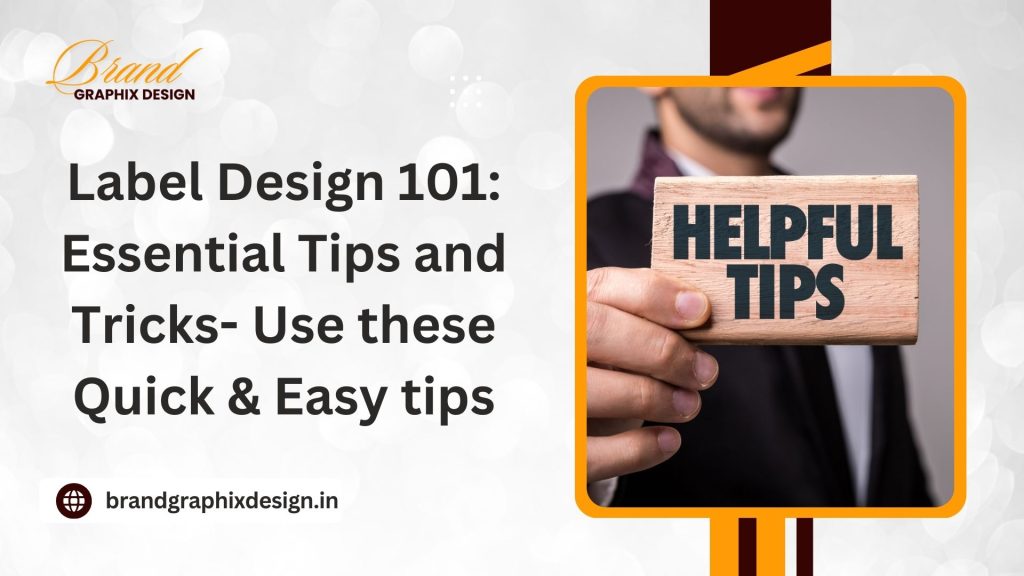Packaging is more than just a container for your product; it’s a powerful tool that can influence consumer behavior, protect your goods, and communicate your brand’s identity. In today’s competitive marketplace, choosing the right packaging is essential for ensuring that your product not only reaches customers safely but also makes a lasting impression. This blog will delve into four critical factors to consider when selecting packaging, offering insights on how to make choices that benefit your brand, your customers, and the environment.
1. Protection: Safeguarding Your Product
The primary role of packaging is to protect the product inside. Whether the product is being transported, stored, or handled by consumers, the packaging must ensure that it remains in perfect condition. This is particularly important for fragile items, perishable goods, and products sensitive to environmental factors like moisture, light, or temperature. A product that reaches the customer in a damaged state not only results in a return or exchange but can also harm the brand’s reputation.
- Material Selection: Choose materials that offer the necessary protection for your specific product. For instance, glass provides excellent protection for liquids but may not be suitable for heavy items due to its fragility.
- Cushioning and Insulation: For fragile items, use cushioning materials like foam or bubble wrap. For perishable goods, consider insulation to maintain temperature control.
- Seal and Barrier Properties: Ensure that the packaging has strong seals to prevent leaks and barriers to protect against moisture, oxygen, or light, which can spoil certain products.
2. Branding: Communicating Your Brand Identity
Packaging is often the first interaction a customer has with your product, making it a vital component of your brand’s identity. The packaging design should communicate who you are as a brand, what you stand for, and why consumers should choose your product over others. Effective packaging not only attracts customers but also helps build brand recognition and loyalty.
- Visual Appeal: Use colors, fonts, and graphics that align with your brand identity. A cohesive design helps in creating brand recognition and recall.
- Information Display: Ensure that essential information, such as the product name, benefits, and instructions, is clearly visible and easy to read. This builds trust and helps consumers make informed decisions.
- Consistency: Keep your packaging design consistent across all your products to reinforce your brand’s identity and make it easier for customers to recognize your brand.
3. Sustainability: Reducing Environmental Impact
In today’s market, sustainability is more than just a trend; it’s a necessity. Consumers are increasingly aware of the environmental impact of their purchases and are gravitating towards brands that prioritize sustainability. Choosing eco-friendly packaging materials not only helps protect the environment but also enhances your brand’s reputation and appeals to eco-conscious consumers.
- Eco-Friendly Materials: Opt for materials that are recyclable, biodegradable, or compostable. Paper, cardboard, and bioplastics are popular sustainable options.
- Minimalist Design: Reduce the amount of material used by opting for minimalist designs. This approach not only cuts down on waste but also often reduces costs.
- Consumer Education: Include clear instructions on how to dispose of or recycle the packaging responsibly. This helps consumers make environmentally friendly choices.
4. Cost-Effectiveness: Balancing Quality and Budget
While it’s essential to choose high-quality materials and designs, it’s equally important to keep costs in check. Cost-effective packaging solutions help maintain profitability while ensuring that your packaging still meets the necessary standards for protection, branding, and sustainability. Balancing quality with affordability is key to creating packaging that delivers value without breaking the bank.
- Material Efficiency: Choose materials that offer the best protection at the lowest cost. For example, lightweight materials like plastic or aluminum can reduce shipping costs.
- Design Optimization: Optimize the design to use less material without sacrificing durability or appeal. Consider flat-packed designs that save space and reduce transportation costs.
- Supplier Relationships: Build strong relationships with suppliers to negotiate better prices and ensure a steady supply of materials.
Make Smart Packaging Choices for Your Brand
Packaging is a critical element of your product strategy that influences everything from consumer perception to environmental impact. By considering protection, branding, sustainability, and cost-effectiveness, you can create packaging that not only meets the needs of your product but also resonates with your customers. If you need expert guidance on making the best packaging choices for your brand, we’re here to help. Contact us today at +91 91189 11171 to start designing packaging that makes a difference.



